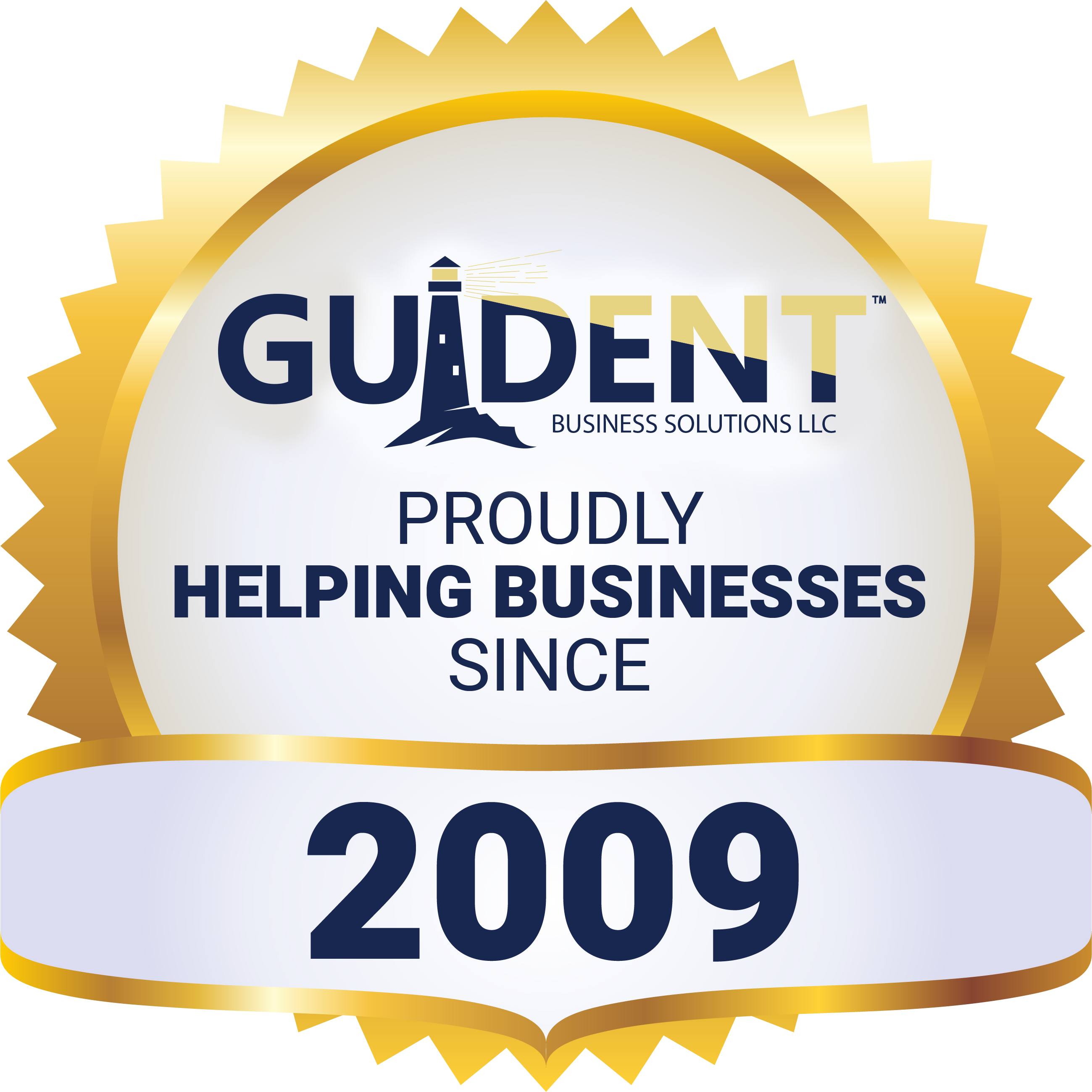An Essential Tool for Business, during Good and Bad Times!
Back in the day, as I am told I say way too often, a full-blown business plan would be necessary to get funding, and some may say to have a successful business. Today, times have changed and that 20-plus page business plan has become somewhat obsolete. What has replaced it? A three-year financial projection with eight to ten pages describing how The Boss is going to execute to achieve the Pro-forma numbers. One of my past careers, I worked in an entrepreneurship center where we helped entrepreneurs launched approximately 170 new businesses over four years. What I saw were many of these new businesses going out of business in about eighteen to twenty-four months after launching. After closer investigation we noted that the new business could not cash flow after the start-up funding was used up, causing the businesses to fail. That old adage is true, “You can have profits without cash flow and go out of business, but you can have cash flow without profits and fight another day!”
If you want to know your business intimately, create a three-year operating budget with a very detailed first-year and two following years of projections. At the end of the first year of operations, the old second-year budget is reviewed, and changes are made to any profit centers that need to be adjusted. The revised second year is promoted to the current year as the new operations budget, the old third year is promoted to the new second year and a new third year is created. With this method, The Boss is always thinking three years out and has a detailed plan that can be used as a benchmark for operations as more information is collected throughout the year.
This type of budgeting becomes even more important when the economy weakens, or a recession is looming beyond the horizon. Back in 2008 if The Boss had this type of budgeting in place, he would adjust the Pro-forma and “pivoted” for the business to survive. I do not recommend changing a budget after it has been accepted and distributed to funding sources but when extenuating circumstances arise, The Boss must react.
Using the financial software, I encourage The Boss to look at the actual versus budget at mid-month to estimate what the final revenues and net income will be for the month. This proactive approach allows The Boss to adjust the operations to embrace stronger sales trends or to adjust costs when revenues are not going to track as expected. Don’t be The Boss who is looking at his revenues and profits from last month on the 15th of this month which puts you in a total reactive mode. By reviewing the actual against the budget numbers mid-month, The Boss becomes proactive and can do something to affect the outcome.
The Boss is a risk-taker by nature, always looking for new opportunities and the next big thing. As a risk-taker, The Boss needs to be proactive and secure the core business model against competition and a global economy. Protecting the core business allows The Boss the freedom to take risks, no one has a crystal ball, but a good three-year Pro-forma budget will substitute nicely.

